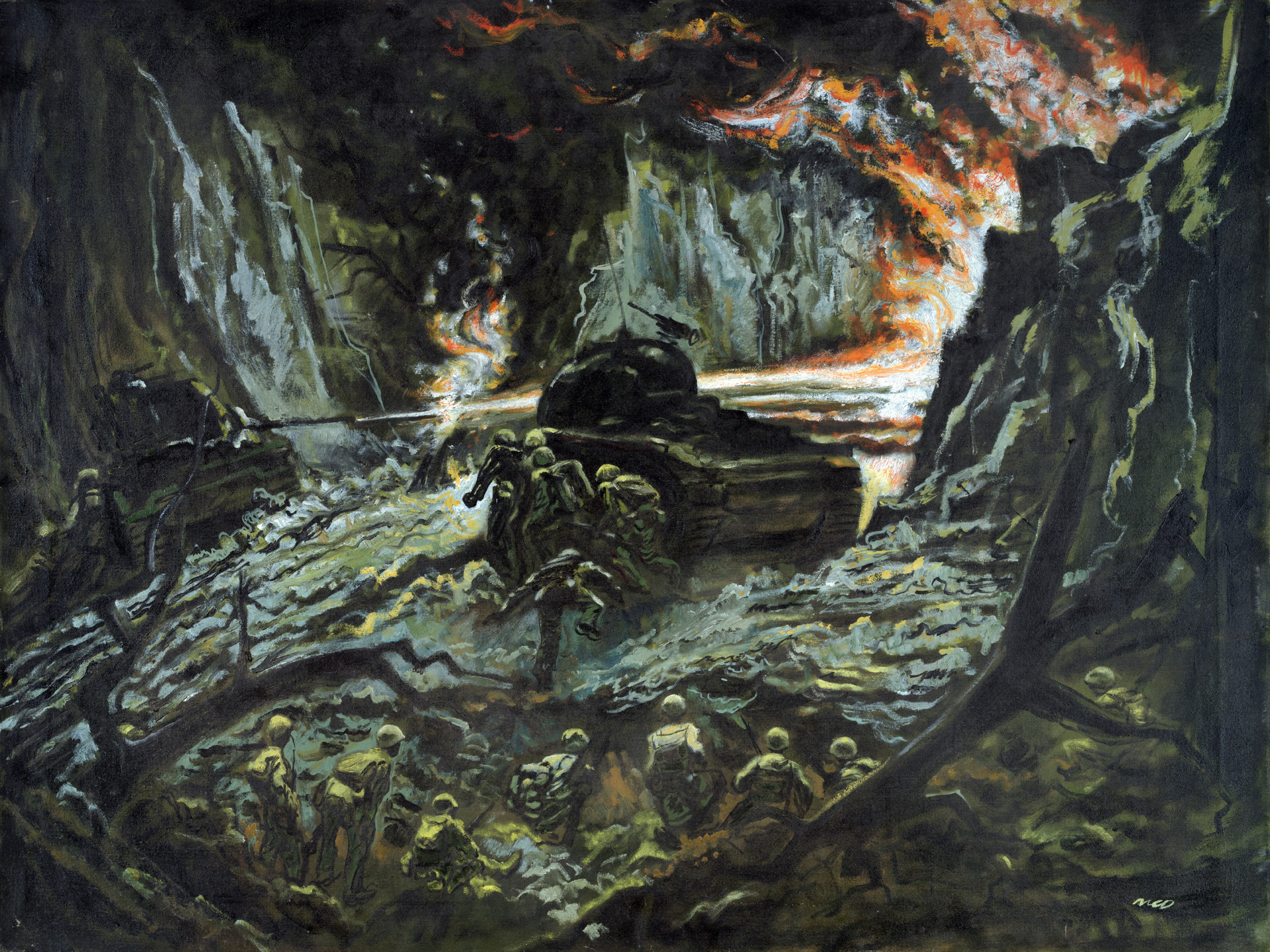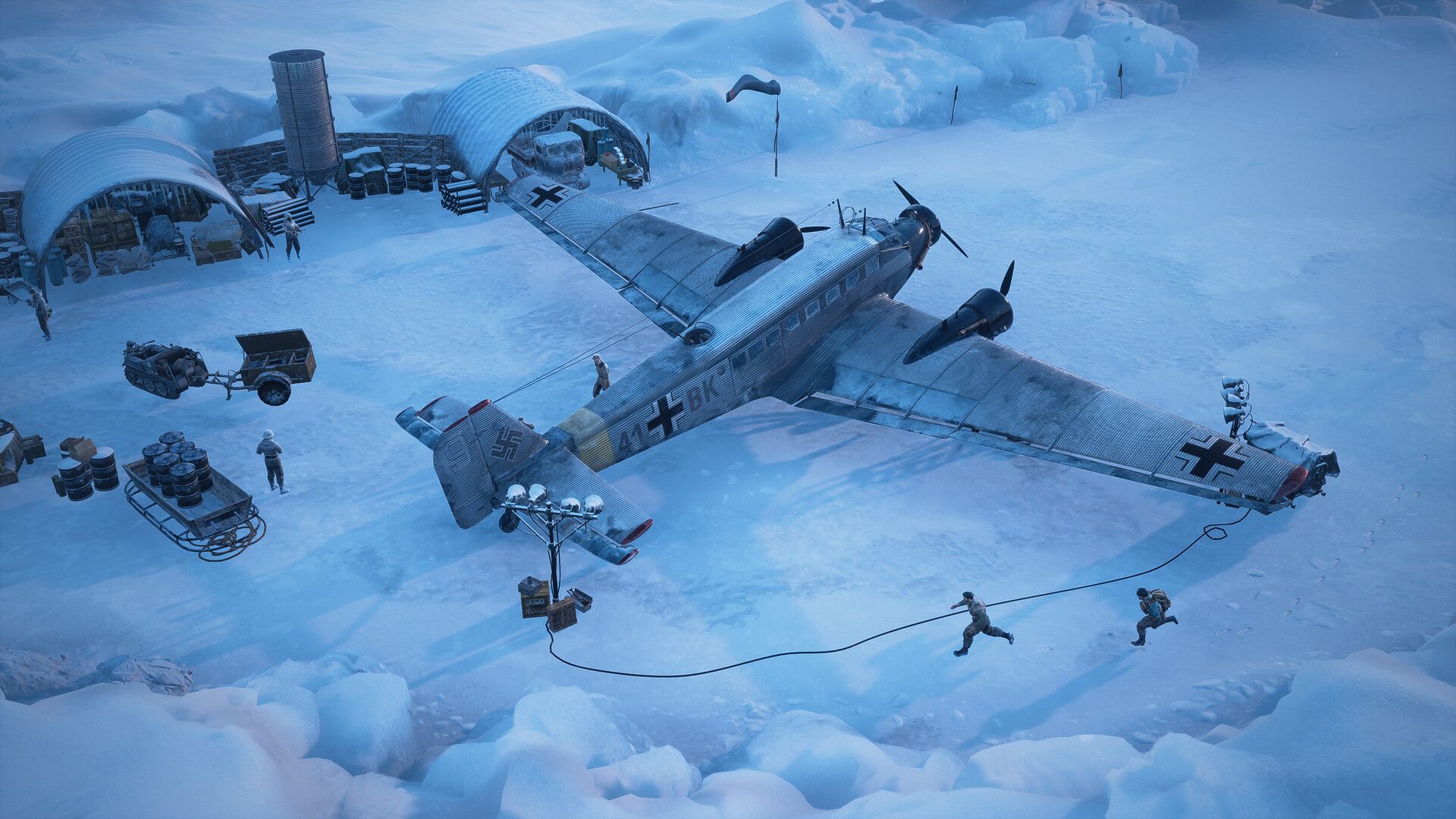By Michael D. Hull
For the duration of World War II, from the evening of Sunday, September 3, 1939, to the evening of Monday, May 7, 1945, the Battle of the Atlantic never ceased.
Waged across a great expanse of unforgiving ocean and touching three continents, the global conflict’s longest and most arduous campaign was a war within a war. There were no major battles in the traditional sense—Trafalgar, Jutland, Midway—but rather a long struggle to organize, protect, and manage the movement of war materiel and shipping. It was actually a series of campaigns in which the German Navy’s immediate and long-term strategy fluctuated, while that of the Allies remained essentially constant.
It has been the most overlooked campaign of World War II, yet nothing less than the fate of Western freedom depended on its outcome. If the Atlantic lifelines had been severed, Great Britain would have faced starvation and been unable to continue the war. America and Canada could not have rallied in force to the side of the British Empire. Much-needed tanks and airplanes would have been denied to the Soviet Union and the liberation of Europe, which eventually brought victory over the Axis powers, could not have been mounted.
“The Battle of the Atlantic,” said British Prime Minister Winston Churchill, “was the dominating factor all through the war. Never for one moment could we forget that everything happening elsewhere, on land, at sea, or in the air, depended ultimately on its outcome.”









Join The Conversation
Comments